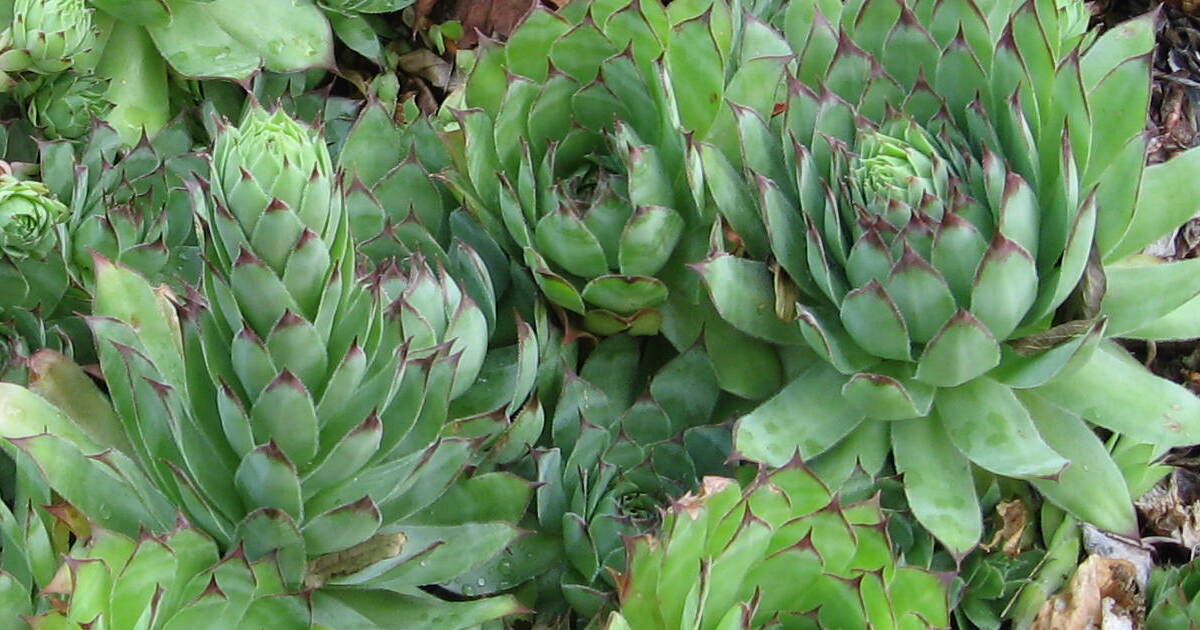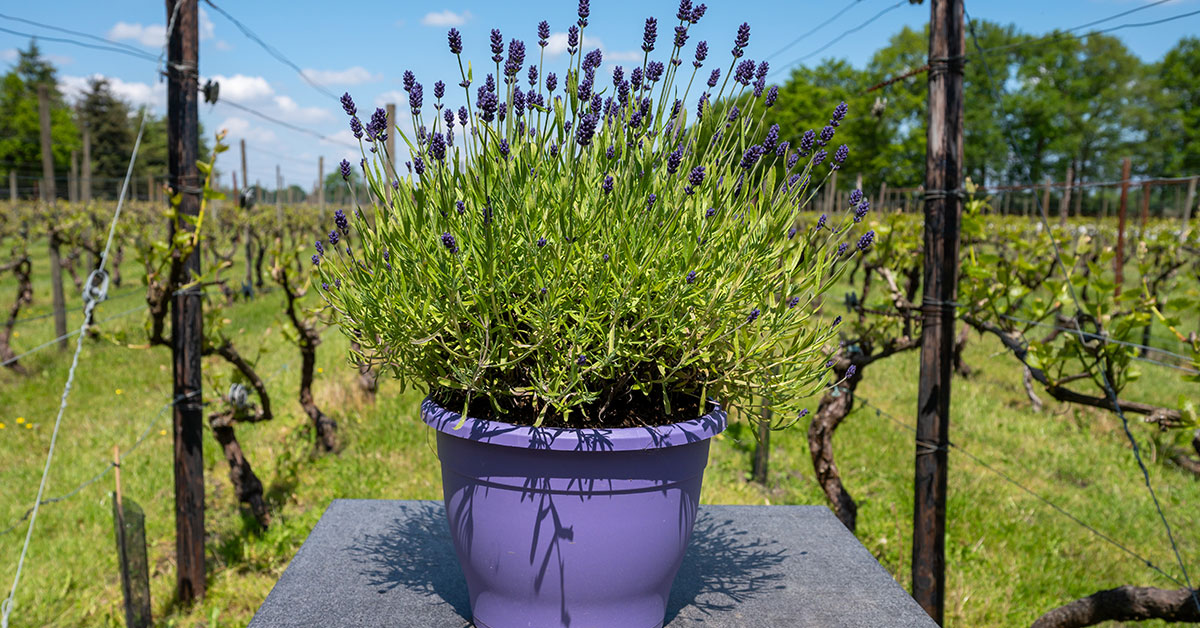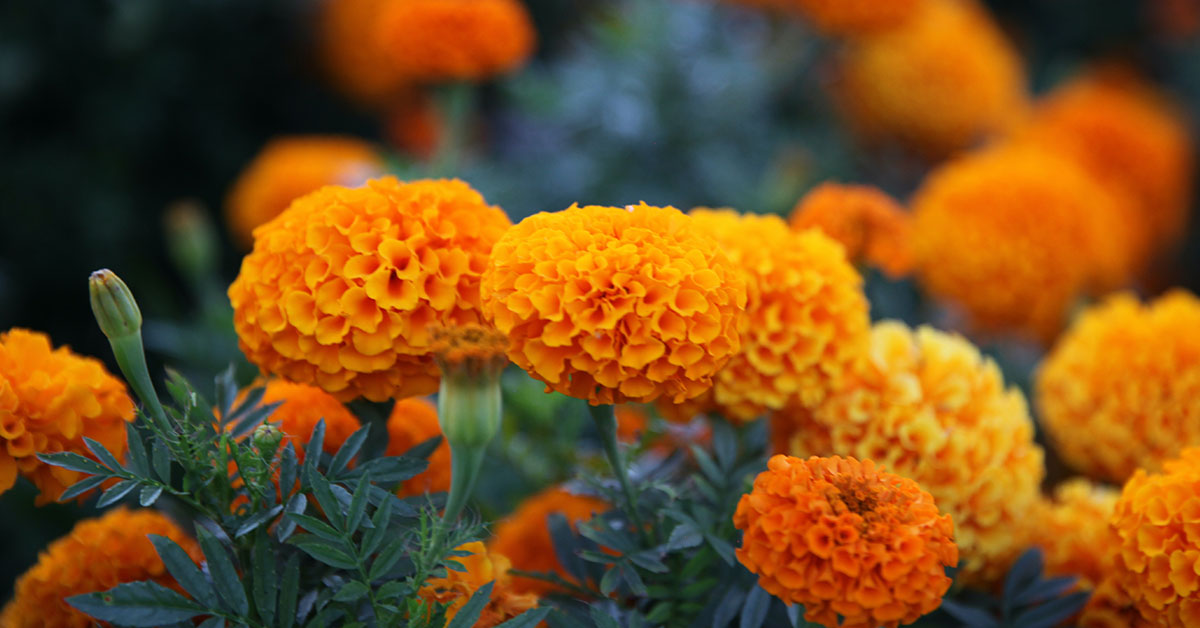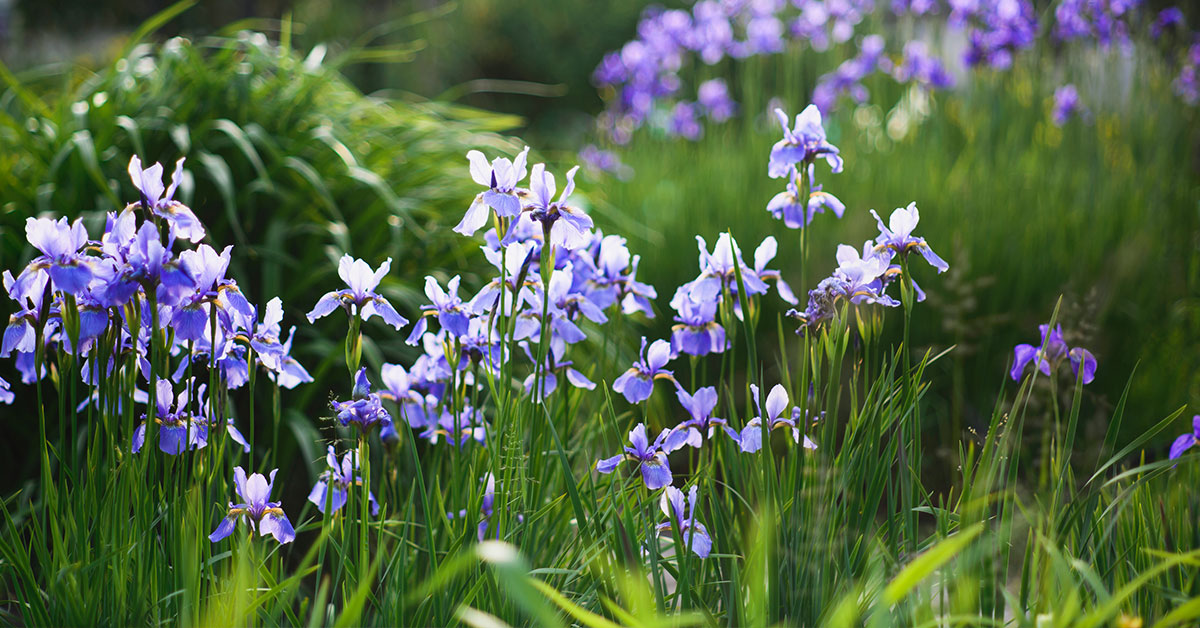Mexican Hat (Ratibida columnifera) is a perennial wildflower that is native to North America. It is known for its distinctive shape, with a cone-shaped center surrounded by drooping, bright yellow petals that resemble a sombrero.
Mexican Hat is a popular garden plant, attracting bees, butterflies, and other pollinators. In this article, we will explore the unique characteristics and growing conditions of Mexican Hat, as well as tips for incorporating it into your garden.
What is a Mexican Hat plant?
Ratibida columnifera is a member of the Asteraceae family and is native to North America. This flowering plant is commonly found in the central and western regions of the United States, specifically in the Great Plains and the Rocky Mountains. The Mexican Hat plant can grow up to 3 feet tall and has a unique appearance that sets it apart from other members of the Asteraceae family.
The Mexican Hat plant has a distinctive flower that is shaped like a sombrero or a Mexican hat, hence the name. The flower consists of a tall, cone-shaped center disk that is surrounded by drooping petals, giving it the appearance of a hat. The petals are usually yellow, although they can sometimes be red or brown. The center disk is green when it first blooms, but it later turns brown as the seeds mature.
This plant is a hardy perennial and can withstand harsh conditions, making it a popular choice for gardeners and landscapers. It is also a great addition to wildflower gardens because it attracts pollinators such as bees and butterflies. Ratibida columnifera is also known for its medicinal properties; it has been used by Native Americans as a natural remedy for various ailments, including headaches, toothaches, and fever.
Overall, Ratibida columnifera is a beautiful and unique flower that adds a touch of whimsy to any garden or landscape. Its hardiness and medicinal properties make it a practical choice, while its beauty makes it a popular one.
Where is Mexican Hat native?
The Mexican Hat, also known as Ratibida columnifera, is a beautiful wildflower native to North America. Its name comes from its unique appearance, which resembles a traditional Mexican hat. This vibrant flower is native to a large part of North America, including Canada, Mexico, and the United States.
In the United States, Ratibida columnifera is most commonly found in the central and western regions. It can be found in a variety of habitats, including prairies, meadows, and along roadsides. The flower is particularly abundant in the Great Plains region, which includes states such as Nebraska, Kansas, Oklahoma, and Texas.
Mexican Hat can also be found in other western states, such as Arizona, Colorado, Idaho, Montana, New Mexico, Utah, and Wyoming. The flower is adaptable to a variety of soil types and can grow in both dry and moist conditions.
Overall, Ratibida columnifera is a hardy and versatile plant that thrives in many different environments. Its striking appearance and widespread distribution make it a beloved wildflower among gardeners and nature enthusiasts alike.
How to start Mexican Hat seeds
Ratibida columnifera is a hardy and beautiful wildflower that can add a pop of color to any garden. If you’re interested in growing this plant from seed, here are some steps you can follow:
- Start by choosing a location that receives full sun or partial shade. Mexican Hat plants thrive in well-draining soil, so make sure the area is not too damp or waterlogged.
- Prepare the soil by loosening it to a depth of about 6 inches. You can also add compost or other organic matter to improve the soil’s fertility.
- Sow the seeds directly into the soil in the spring or fall. You can scatter the seeds over the area or plant them in rows, spacing them about 12 inches apart. Make sure to cover the seeds lightly with soil, and water them gently.
- Keep the soil moist until the seeds germinate, which usually takes about 2-3 weeks. Once the plants start to grow, you can reduce the amount of watering, as Mexican Hat plants are drought-tolerant.
- Thin the seedlings once they reach a height of about 2-3 inches. You can remove the weaker plants, leaving the strongest ones to grow to maturity.
- Ratibida columnifera can grow up to 3 feet tall and spread up to 2 feet wide, so make sure to give them enough space to grow. You can also add a layer of mulch around the plants to help retain moisture and suppress weeds.
- Mexican Hat plants bloom from mid-summer to fall, producing beautiful yellow and red flowers that resemble little sombreros. You can deadhead the flowers to encourage more blooms and prolong the blooming season.
By following these steps, you can successfully start Mexican Hat (Ratibida columnifera) from seed and enjoy this beautiful wildflower in your garden.
Growing & Care Guide
Ratibida columnifera is a beautiful and long-lasting perennial wildflower that belongs to the sunflower family. It is native to the central and southern regions of North America, and it is a great addition to any garden or landscape. If you’re looking to grow Mexican Hat in your garden, here are some tips to help you get started:
- Location: Mexican Hat prefers full sun to partial shade, and well-draining soil. Choose a location in your garden that receives at least six hours of direct sunlight each day.
- Soil preparation: Before planting Ratibida columnifera, prepare the soil by removing any weeds or debris, and incorporate organic matter such as compost or aged manure. This will help improve soil fertility and drainage.
- Planting: Mexican Hat can be planted from seed in the spring or fall. Scatter the seeds over the prepared soil and lightly rake them in, covering them with a thin layer of soil. Water the seeds gently and keep the soil moist until the seeds germinate, which usually takes 10-14 days.
- Watering: Ratibida columnifera is drought-tolerant once established, but it still needs regular watering during its first growing season. Water deeply once a week during dry spells to encourage strong root growth.
- Fertilizing: Mexican Hat doesn’t require heavy fertilization, but you can apply a balanced fertilizer in early spring to support healthy growth.
- Pruning: Mexican Hat doesn’t require pruning, but you can deadhead spent flowers to encourage more blooms.
By following these tips, you can easily grow Mexican Hat in your garden and enjoy its beautiful flowers year after year.
Interesting facts
Mexican Hat (Ratibida columnifera) is a wildflower native to the central and western regions of North America. It is a popular plant for gardeners due to its attractive appearance and ease of cultivation. Here are some interesting facts about Mexican Hat that you may not know:
- The name “Mexican Hat” comes from the flower’s resemblance to the traditional sombrero worn by Mexican farmers. The flower head is shaped like a cone, with drooping petals that resemble the brim of a hat.
- Ratibida columnifera is a member of the sunflower family (Asteraceae). It is closely related to other popular garden plants such as Black-eyed Susan and Coneflower.
- The flowers of Mexican Hat are a rich source of nectar and pollen, making them attractive to bees, butterflies, and other pollinators. In fact, the plant is a favorite of honeybees and is sometimes grown commercially as a source of honey.
- Mexican Hat is a hardy plant that can tolerate a wide range of growing conditions. It prefers full sun and well-drained soil but can also grow in partial shade and poor soil.
- Mexican Hat has a long history of medicinal use by various Native American tribes. The plant was used to treat a variety of ailments, including headaches, fever, and sore throat.
- The seeds of Ratibida columnifera are edible and were used by Native Americans as a food source. The seeds have a nutty flavor and can be roasted or ground into flour.
In summary, Ratibida columnifera is a fascinating plant with a rich history and many uses. Whether you are a gardener, beekeeper, or just someone who appreciates the beauty of wildflowers, Mexican Hat is definitely worth learning more about.














